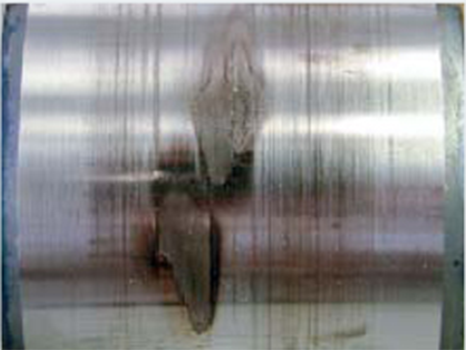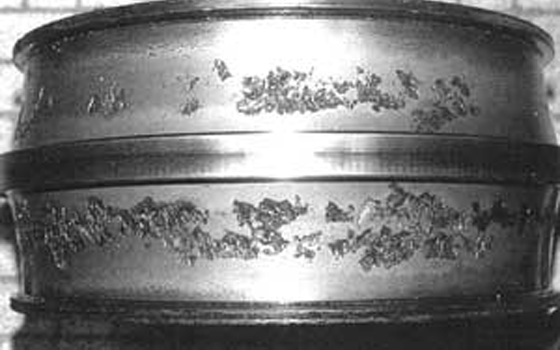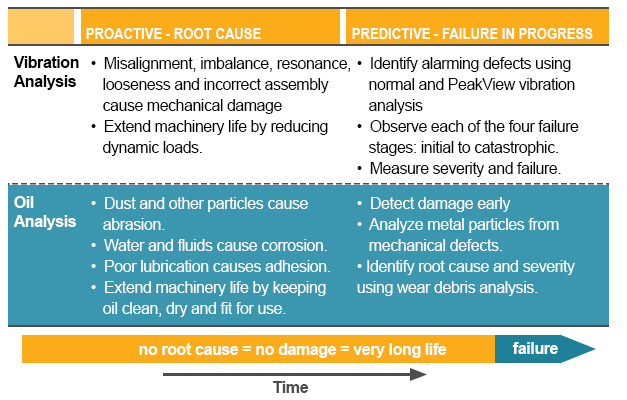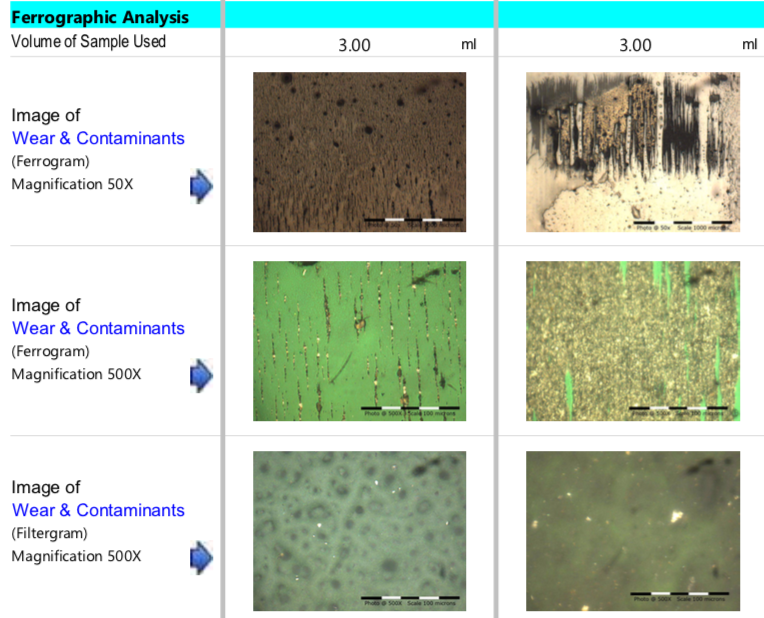Worn machine components account for a significant portion of total maintenance costs. Plant and equipment lubrication procedures have a direct influence on plant and equipment reliability.
The presence of a significant wear rate shows that the equipment is in poor working order. The first step in resolving this problem is to identify the most serious issues. It's tough to take proper action if you don't know what's causing the failure.
Root Cause of Machine Wear

Abrasion
Wear generated by material displacement caused by abrasive particles or protuberances is known as abrasion. Dust pollution is the most common and serious cause of abrasion. Dust particles bigger than the clearances between moving machinery components are embedded on the softer surface of a hard metal surface.
Adhesion
When loads are transmitted from metal to metal, adhesion is caused by insufficient lubrication. Evidence of adhesive wear (particles, sonics, heat, or other indications) necessitates further research to determine the true reason. Dry sliding wear is sometimes referred to as adhesive wear.
Corrosion
In addition to particle contamination management, TCLs for corrosive substances that can get into the oil should be defined. Corrosive pollutants are produced by cleaning, condensation, rain, process, and degraded oil. Water, coolant, and corrosive process contaminants are also included.

Fatigue
Roller bearings are prone to fatigue and wear near the pitch line of gears. High load equals limited fatigue life. Fatigue happens when high shear pressures from rolling contact create subsurface micro-cracking. The particles eventually dissolve in the oil, resulting in a delamination or spall fault.
Fatigue kills a bearing, or gear that has reached the end of its useful life. Some areas become fatigued quickly, while others never exhibit signs of injury. Fatigue should be the final failure mechanism in a completely clean, well-lubricated machine.
Strategies for Predictive Maintenance
Bearing surfaces are actively worn down by abrasion, adhesion, fatigue, and corrosion. Implementing three programs, pollution control, lubrication, and vibration analysis, allows for the identification and elimination of underlying causes. Other operations, such as ultrasonics and infrared, will naturally be included in maintenance priority.
 Source: Machinery Lubrication
Source: Machinery Lubrication
Vibration and oil analysis are not mutually restrictive. Both technologies are proactive, highlighting crucial fundamental causes that, if not addressed, might result in damage. These technologies are also predictive, revealing information about potential failure. They give crucial information regarding the core cause and severity of the problem, as well as recommendations for suitable corrective activities based on the specific findings.
PeakVue
PeakVue is a unique stress-wave analysis methodology distinguishable from demodulation, shock pulse, spike energy, and other peak detection methods. PeakVue recognizes and maintains a scalar highest peak value from each over-sampled plurality of sample values gathered during each sample interval.
Ferrous Density
Emerson and Spectro have established a partnership to produce best-in-class oil analysis solutions. Measure ferrous density is extremely sensitive to wear debris or dust contamination caused by abrasive wear. It is a measurement of wear particles that generally comprise iron alloy particle debris with diameters ranging from 5 microns to 60 microns.
Ferrous Index
Abrasion, fatigue, boundary wear, or adhesion, as well as corrosion, are frequent wear processes in rotating machinery. In the 5- to 60-micron size range, a ferrous-density measurement like the ferrous index is a useful approach for detecting anomalous wear.

Wear particle analysis is a direct technique of seeing detrimental causes and consequences occurring in lubricated machinery. ASTM D7684 is a new "Standard Guide for Microscopic Characterization of Particles from In-Service Lubricants". The guide defines rolling contact fatigue wear as "caused by loaded rolling contact".
Source: machinerylubrication.com


